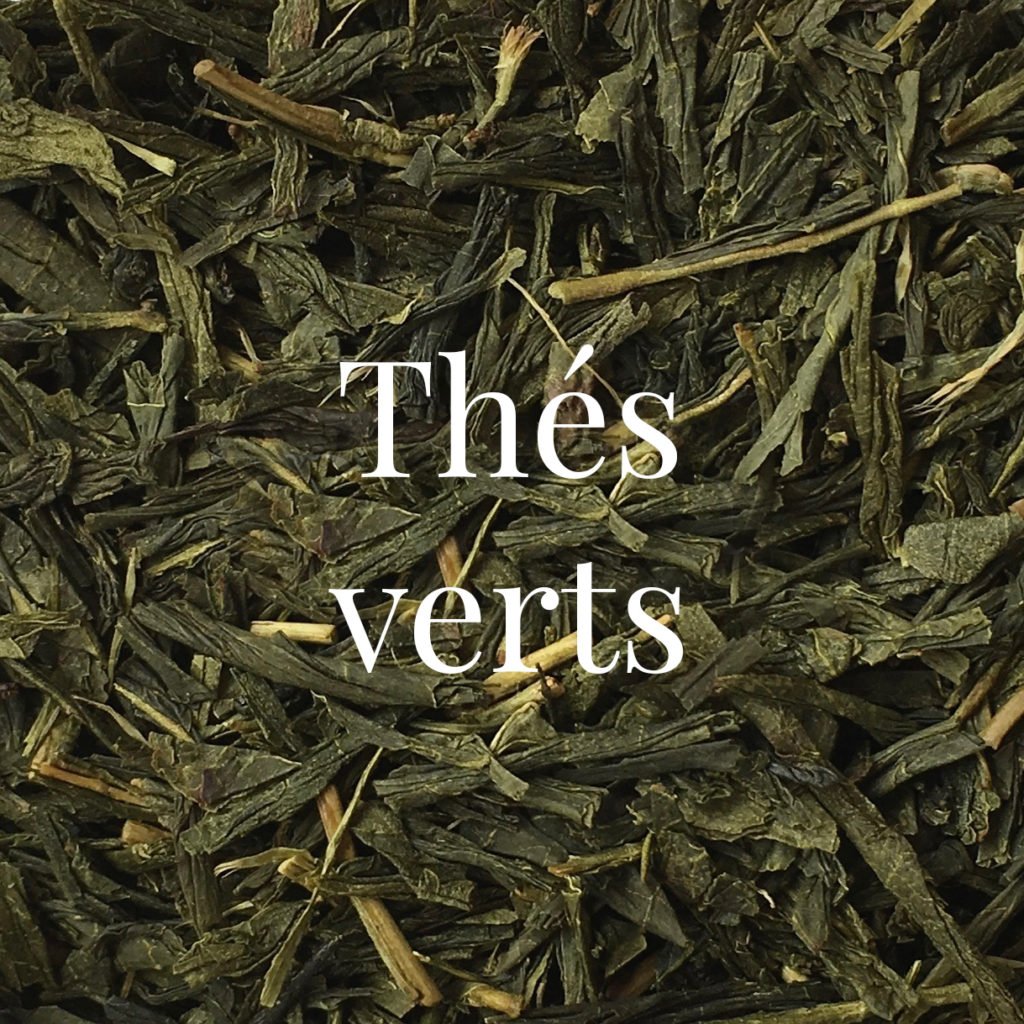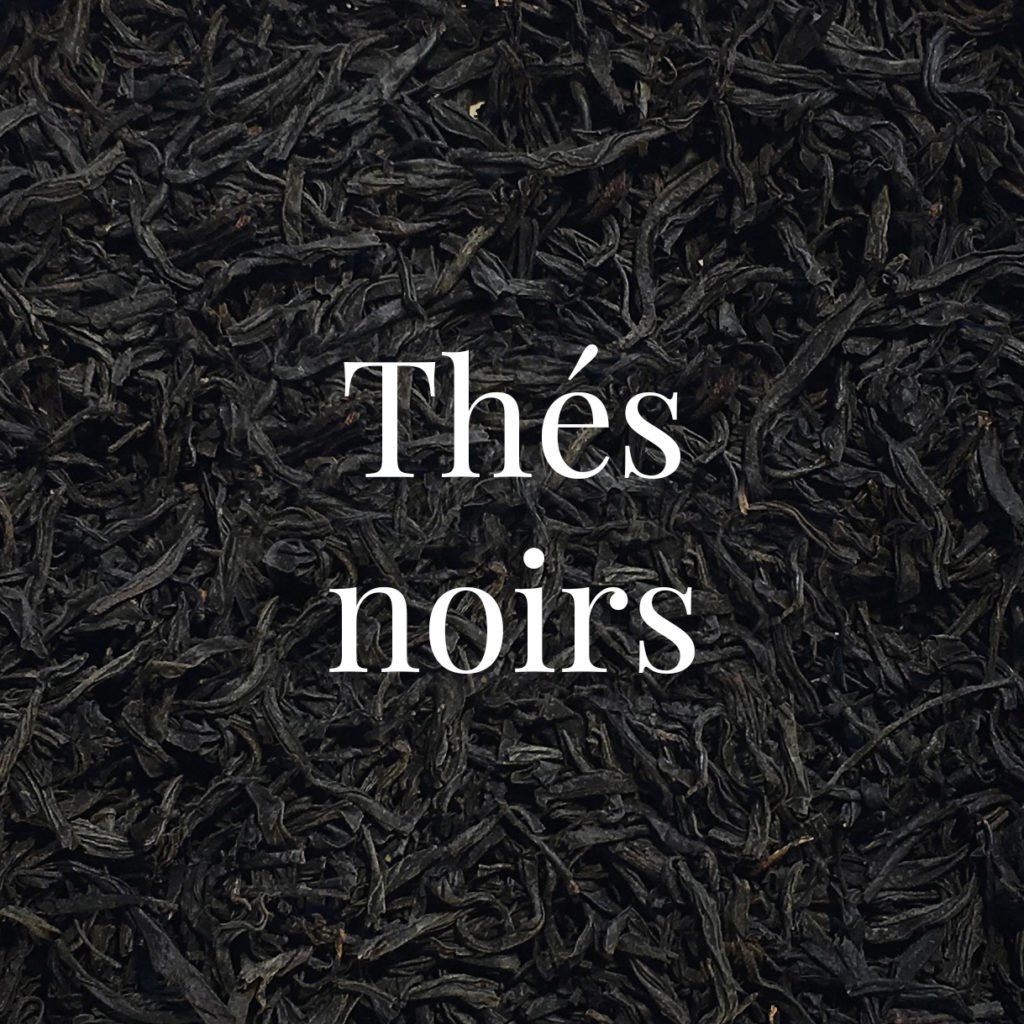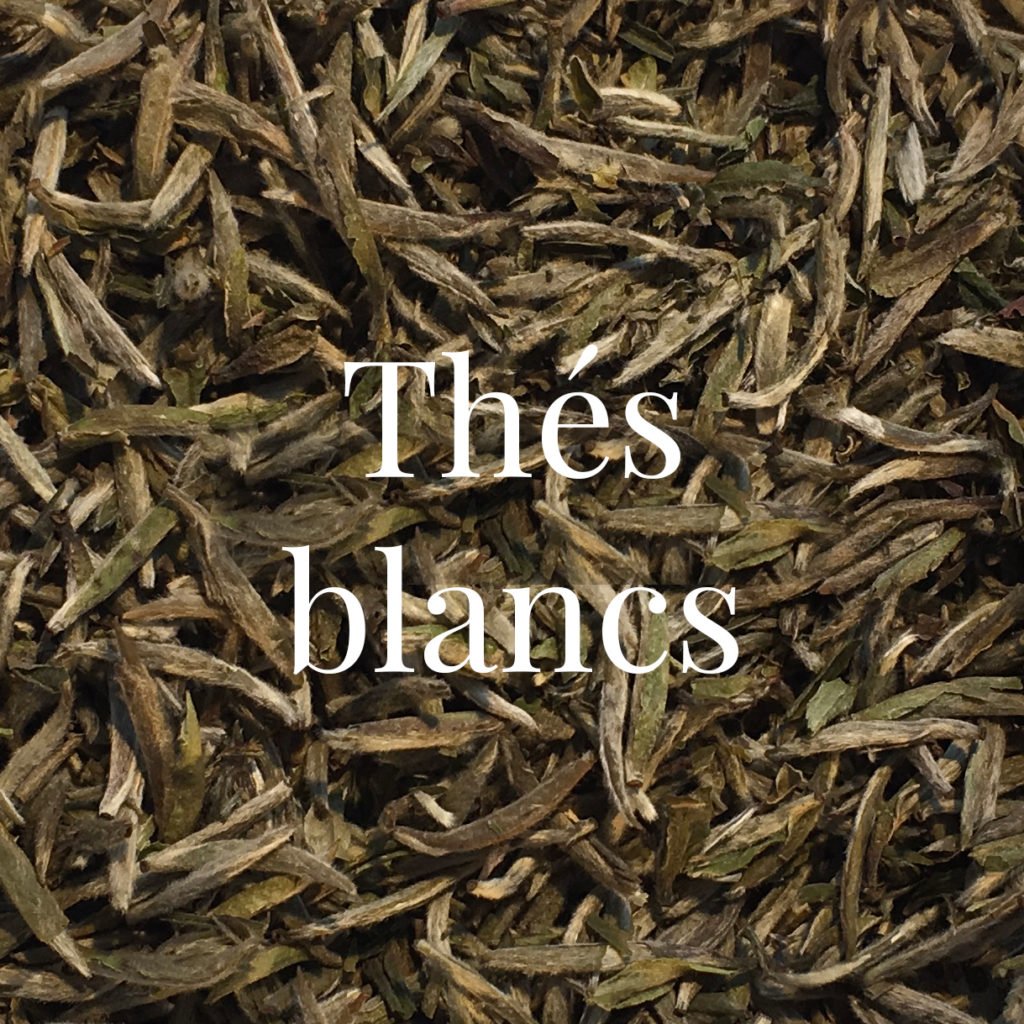Le monde du thé
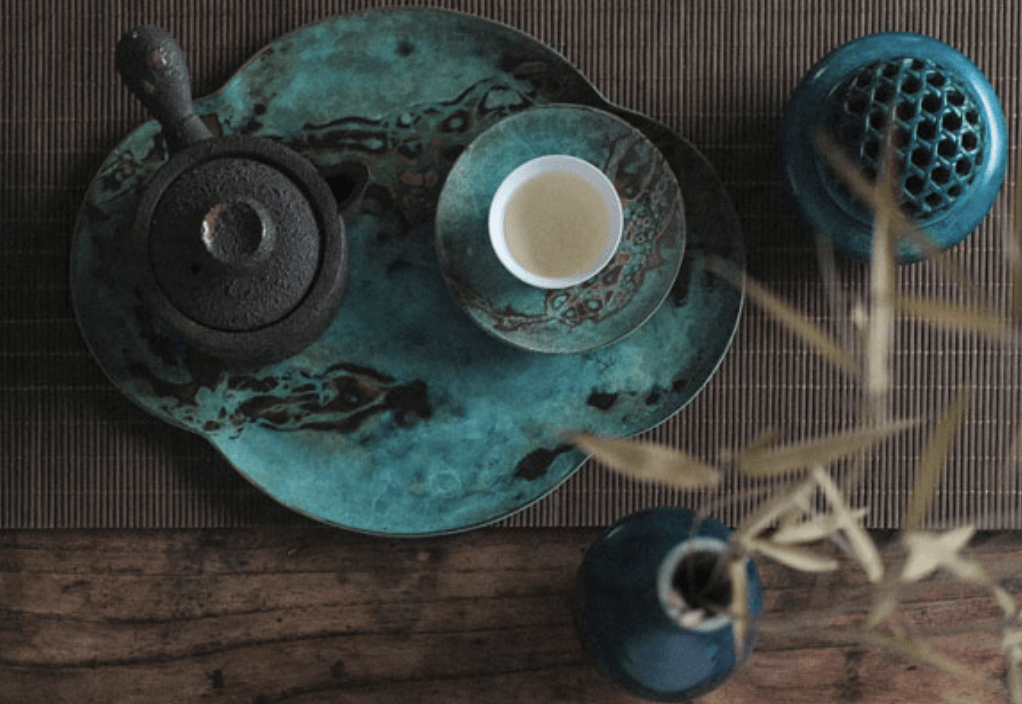
La boisson la plus bue dans le monde
Après un large engouement dans les années 2000, le thé est désormais la boisson (après l’eau) la plus dégustée dans le monde.
Cette plante, cultivée en Chine depuis l’Antiquité, s’est rapidement répandue en Extrême-Orient au travers des cultures bouddhistes, notamment au Japon et en Corée. Par la suite, ce sont les marchands portugais et hollandais qui l’ont fait importée en Europe à partir du XVIIe siècle. Une fois cette nouvelle clientèle ralliée au thé ainsi qu’à ses bienfaits; à leur tour, les Européens l’ont implanté dans leurs colonies asiatiques au XIXe – les Anglais en Inde, les Français en Indochine, les Néerlandais en Indonésie.
Du Producteur jusqu’à votre tasse
Tout d’abord, il faut dire qu’aujourd’hui, les principaux pays producteurs de thés sont la Chine, Taïwan (Formose), l’Inde, le Sri-Lanka (Ceylan), le Japon, le Vietnam, le Népal, le Kenya ainsi que la Tanzanie.
Le Cercle du Thé s’efforce à développer des relations privilégiées avec des producteurs locaux dans les pays excellant dans ce domaine. Cette façon de procéder nous permet de proposer des thés uniques présentant des qualités ainsi que des caractéristiques exceptionnelles.

uN SEUL ARBUSTE, DES CENTAINES DE THÉS DIFFÉRENTS
Tous les thés proviennent d’une seule espèce d’arbuste à feuilles persistantes cultivé dans deux variétés :
– Camellia sinensis Assamica (Assam), et
– Camellia sinensis sinensis (Yunnan).
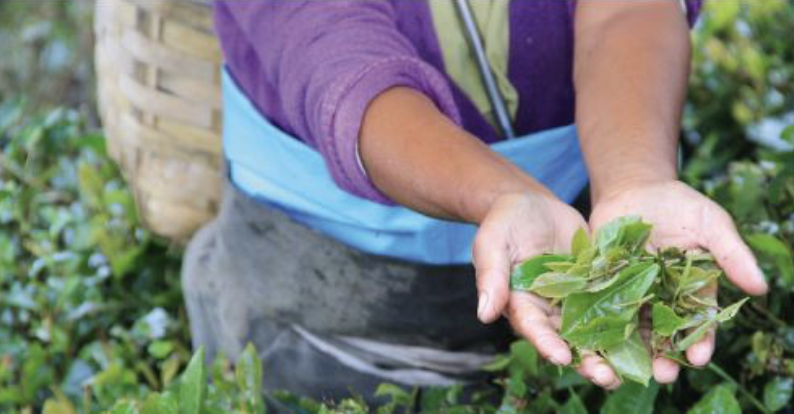
Pourtant il existe une variété énorme de thés, que l’on distingue par leur provenance, leur culture, leur cueillette et leur traitement après récolte. Ainsi, comme pour le vin, la nature du terroir (qualité des sols, exposition, climat, altitude) est un des critères de distinction les plus déterminants.
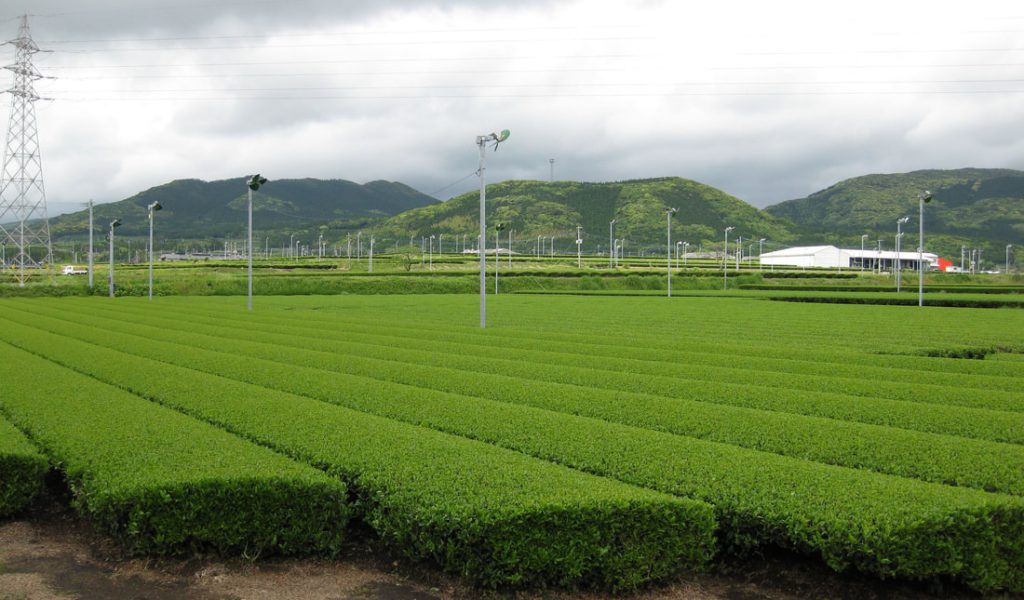
Le type de cueillette joue un rôle déterminant. Ce sont les bourgeons et les feuilles les plus jeunes (petites et vert clair) qui donnent les thés les plus recherchés et ce sont donc les cueillettes les plus sélectives (bourgeon + une feuille, bourgeon + deux feuilles, etc.) qui donneront les «grands crus» que les connaisseurs s’arrachent. Il va sans dire que cette qualité ne s’obtient qu’avec une cueillette manuelle.

Les grandes familles du thé
Le Traitement après récolte est lui aussi essentiel pour distinguer les thés : usage de feuilles entières ou de feuilles broyées, flétrissure, séchage, oxydation, fermentation,…
Avec toutes ces distinctions et catégorisations, il convient de retenir qu’une catégorisation universelle existe et permet de regrouper la majorité des thés sous cinq catégorie de classification :
- Thés verts. Thés non oxydés. Les feuilles, après flétrissage, sont mises à chauffer à haute température afin de neutraliser les enzymes responsables de l’oxydation.
- Thés noirs. Thés oxydés. Ils sont appelés thés rouges en Chine à cause de la couleur de l’infusion alors que les Occidentaux retiennent la couleur des feuilles. Après flétrissage et roulage (le roulage permet de briser les cellules, libérant les enzymes qui permettront la fermentation), les feuilles sont mises à reposer dans une pièce chaude et humide pendant quelques heures pour l’oxydation, puis séchées à haute température pour arrêter la fermentation.
- Thés blancs. Commes les thés verts, ils sont peu transformés et subissent uniquement une légère oxydation, mais ni roulage ni torréfaction. Ce sont généralement des thés de grande qualité provenant de cueillettes très sélectives.
- Oolong. Le thé Oolong ou Wulong est un type de thé à oxydation incomplète, à mi-chemin entre le thé vert qui n’est pas oxydé et le thé noir dont l’oxydation est complète.
Le mot Oolong signifie dragon noir et trouve son origine dans une légende chinoise où un planteur vit surgir un dragon noir d’un théier dont les feuilles ont révélé les notes boisées de châtaigne et de noisette du Oolong. Ce thé est également désigné à partir de la couleur de son infusion : thé bleu. Il trouve son origine dans la région chinoise du Fujian, en Chine continentale, et à Taïwan. - Pu’Erh. Le pu-erh est un thé post-fermenté qui doit son nom à la ville de Pu’er, dans la province chinoise du Yunnan. Cette ville fut longtemps un important centre commercial situé sur l’ancienne Route du Thé et des Chevaux reliant le Yunnan au Tibet. Le thé produit dans la région était compressé pour pouvoir être plus facilement transporté par des caravanes jusqu’au Tibet. Le pu’ehr se bonifie avec le temps et, tout comme le vin, sa valeur augmente avec l’âge.
Tout un monde à découvrir
Comme celui du vin, l’univers du thé a son vocabulaire et ses rituels, qui s’apprennent avec de la curiosité et de la patience. Une préparation respectueuse (la bonne théière pour le bon thé, une température et une durée d’infusion adaptées) est la première des règles à suivre.
Comme les œnologues, les professionnels de la dégustation du thé utilisent un vocabulaire très étendu pour juger de la qualité des feuilles, de la couleur de la liqueur et des propriétés gustatives du thé.
Tout un monde à découvrir. Si vous êtes débutant(e), peut-être hésiterez-vous à franchir la porte du Cercle du Thé. N’hésitez pas : vous y trouverez toujours chaleur et conseils. Le thé est un voyage vers le monde et vers les autres…
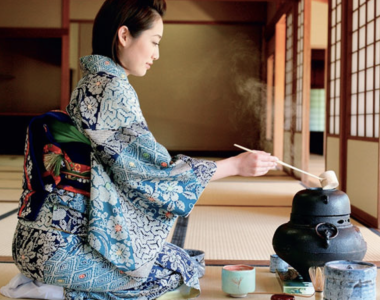

CERTIFICATION BIO

EU-BIO

DURABLE

VEGAN

COMMERCE ÉQUITABLE
